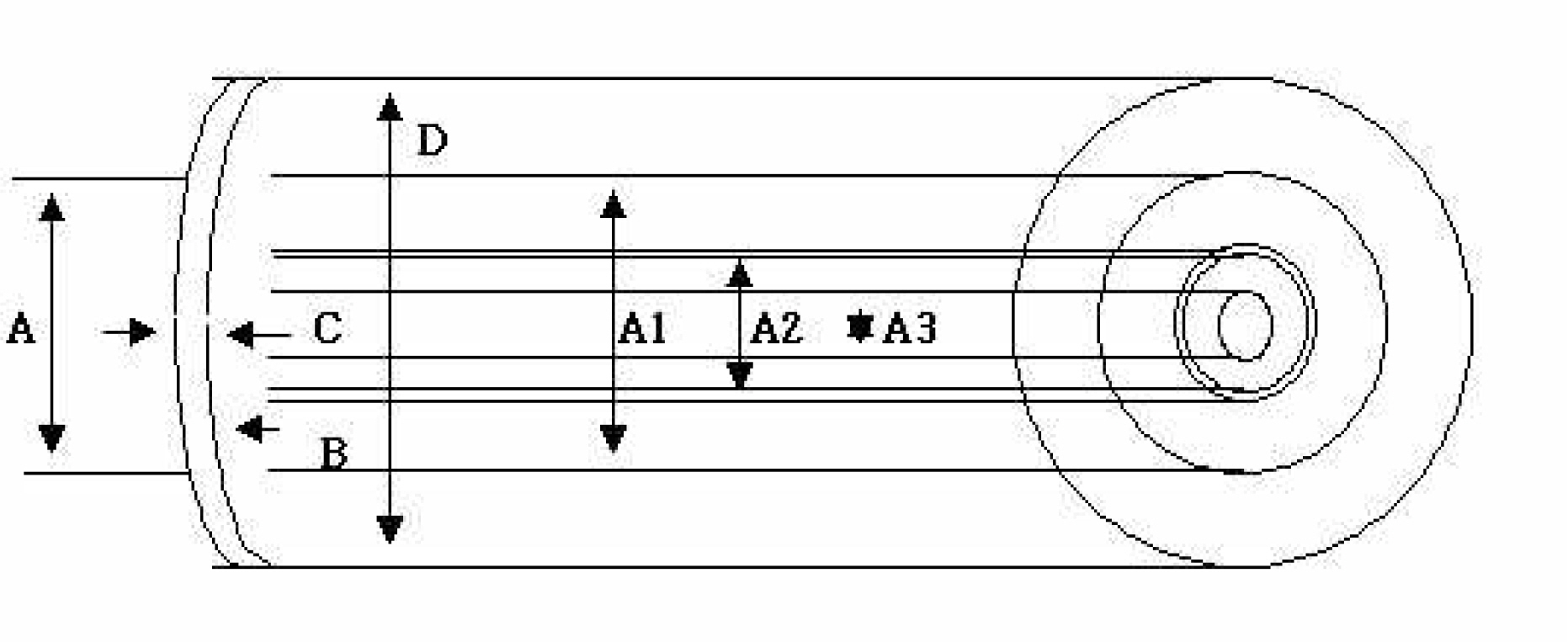J Korean Ophthalmol Soc.
2008 May;49(5):727-731. 10.3341/jkos.2008.49.5.727.
Effectiveness of Multifocal Soft Contact Lens for Presbyopia
- Affiliations
-
- 1Department of Ophthalmology, St. Mary's Hospital, College of Medicine, The Catholic University of Korea, Seoul, Korea. eyedoc@catholic.ac.kr
- 2Department of Ophthalmology, Korea University College of Medicine, Seoul, Korea.
- KMID: 2211701
- DOI: http://doi.org/10.3341/jkos.2008.49.5.727
Abstract
-
PURPOSE: To assess the effect of multifocal soft contact lenses on the correction of visual acuity in patients with presbyopia.
METHODS
Forty-four patients ranging from 45 to 60 years of age visited the Department of Ophthalmology at St. Mary's Hospital and the Department of Ophthalmology at Korea University's Anam Hospital between August 2005 and February 2006. The visual acuity of patients who used Morning QI-plus (multifocal soft contact lenses, Interojo, Republic of Korea) was analyzed at, before, and immediately after correction, then one week and one month after correction. Symptoms that developed after Morning QI-plus application, slit lamp microscopy results, and patient satisfaction were quantified into scores and compared.
RESULTS
Far and near visual acuity before correction were 0.240+/-0.432 and 0.415+/-0.227, respectively. They were 0.025+/-0.048 and 0.118+/-0.094 immediately after correction was initiated, 0.019+/-0.046 and 0.102+/-0.055 after one week, and 0.015+/-0.042and 0.111+/-0.086 after one month. Both far and near visual acuity showed statistically significant improvement after correction (p<0.05).
CONCLUSIONS
After correction, visual acuity improved by more than 2 Snellen lines in 84.1% of patients. We conclude that multifocal soft contact lenses are effective for presbyopia.
Keyword
MeSH Terms
Figure
Cited by 2 articles
-
Presbyopia and contact lenses
Tai Jin Kim
J Korean Med Assoc. 2013;56(4):303-309. doi: 10.5124/jkma.2013.56.4.303.Nonsurgical correction of presbyopia
Kyung-Sun Na
J Korean Med Assoc. 2019;62(12):611-615. doi: 10.5124/jkma.2019.62.12.611.
Reference
-
References
1. Kim MG, Kim TJ, Park YG, et al. Contact lens: Principles and practice. Lee YS, editor. Presbyopic Contact Lens Fitting. 1st ed.Seoul: Naewae haksool;2007. v. l. chap. 14.2. Rakow PL. Presbyopic correction with contact lenses. Ophthalmol Clin N Am. 2003; 16:365–81.
Article3. Benoit DP. Multifocal contact lens update. Contact Lens Spectrum. 2001; 16:26–31.4. Jin YH. Refraction and Prescription. revised ed.Ulsan: UUP;1996. p. 211–30.5. Daniels K. Contact Lens Alternatives for Presbyopia. Agarwar A, editor. Presbyopia. 1st ed.NJ: Slack;2002. v. l. chap. 7.


